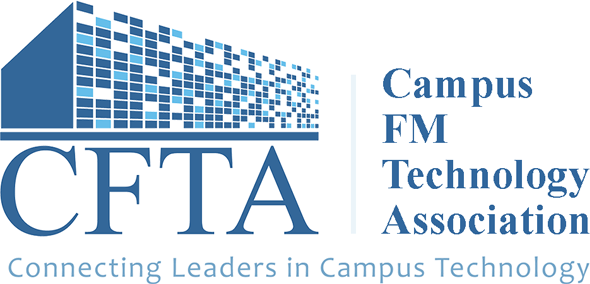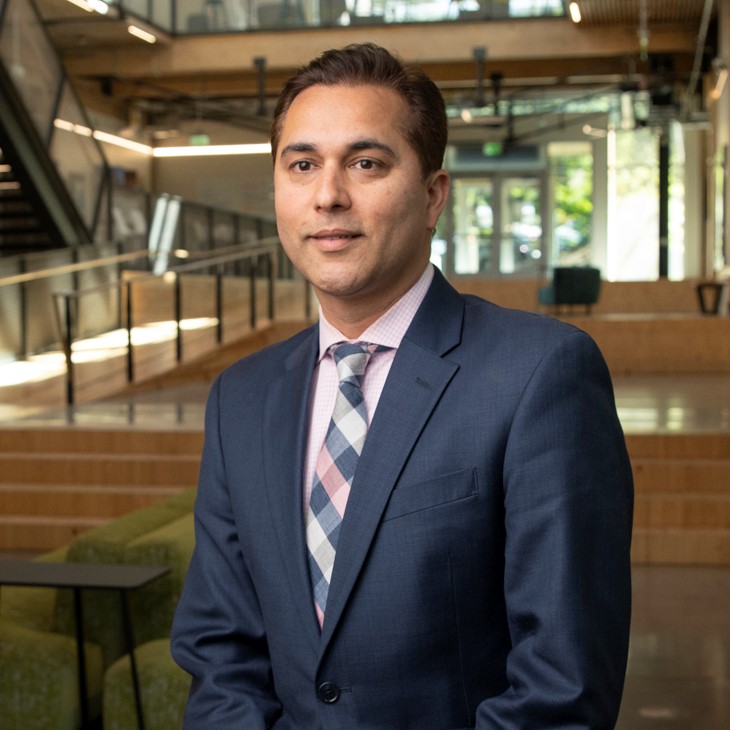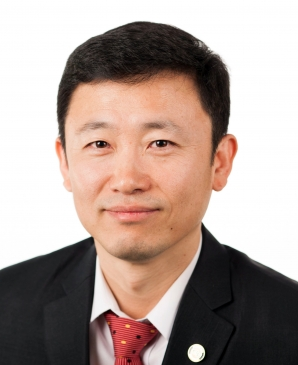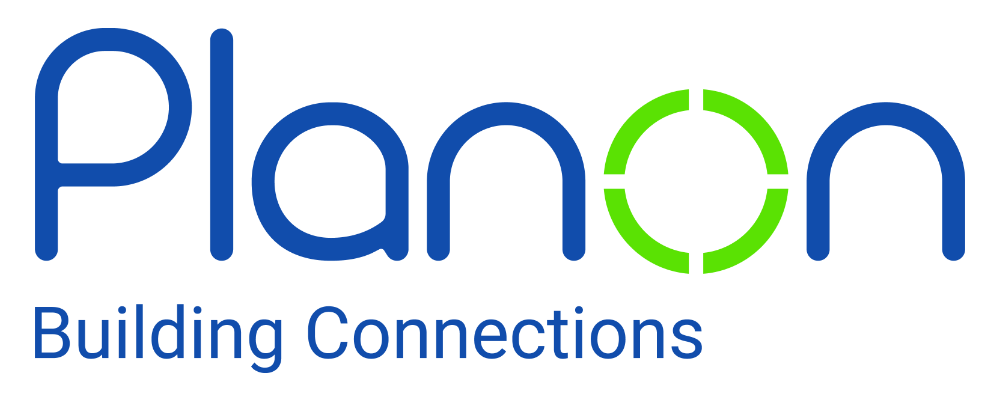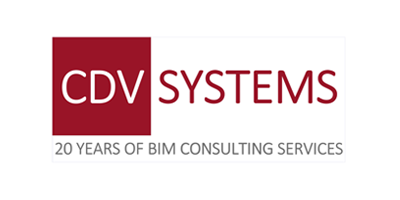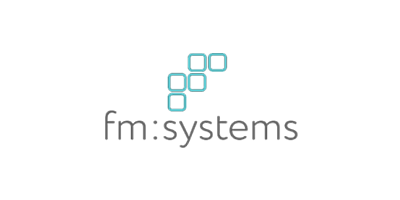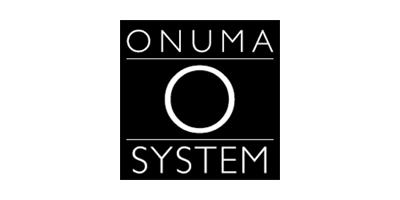Featured Conference KeynoteGeorgia Tech’s Kendeda Building has received Living Building Challenge (LBC) certification, the world’s most ambitious green building achievement. LBC requires projects to prove net positive energy and water over a 12-month period, during which the COVID-19 pandemic disrupted normal occupancy. What We Can Learn From A Net-Positive Water, Energy, and Construction Waste Building
We build roads that allow vehicles to move safely, while channeling rainfall “away.” Our impervious developments require more infrastructure to convey stormwater “away.” We tear down buildings and throw them “away.” But there is no “away.” Our built environment burdens communities with pollution, taxpayers with costs, and future generations with impacts of our metastasizing concrete, steel, and debris. This silo mentality results in single-use infrastructure, which is a luxury we can no longer afford. The Living Building Challenge (LBC), the world’s most ambitious and holistic green building standard, offers a model of how to break free of our habits.
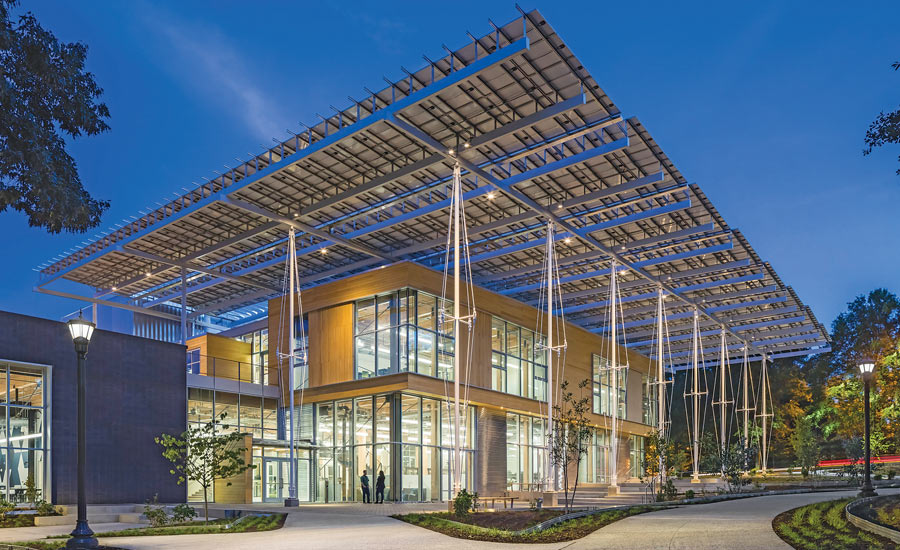
Photo: Jonathan Hillyer | Southwest Facade at Dusk, by Kendeda Building
Presenting Experts
Best Green Project: Kendeda Building for Innovative Sustainable Design | Engineering News-Record
|
